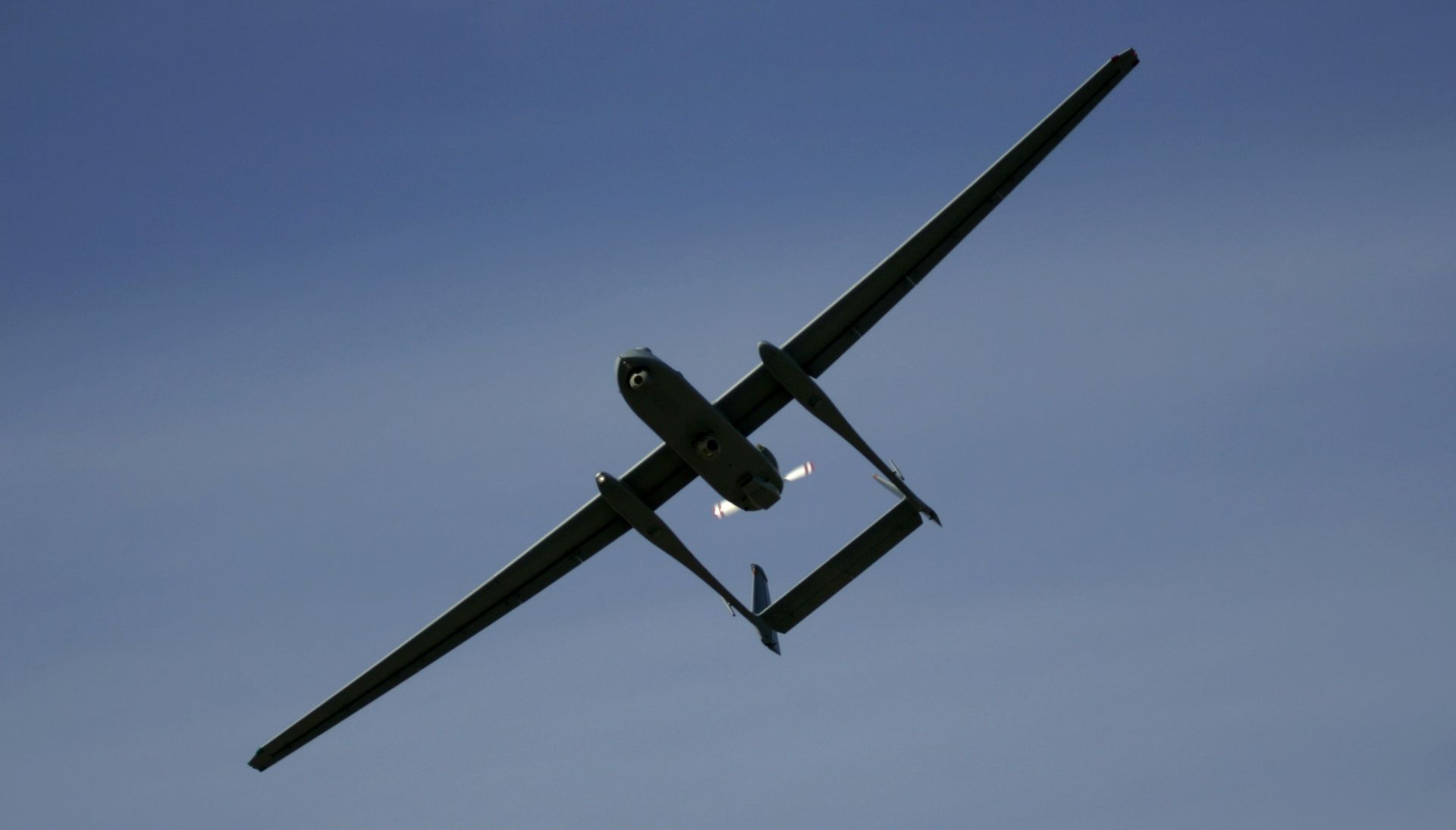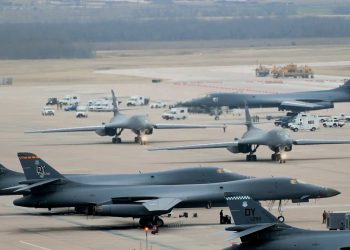US Air Force, SCOTT AIR FORCE BASE: A significant milestone in coalition and international military interoperability occured when the U.S. Air Force, Marine Corps and Navy adopted a single manual for fixed-wing air-to-air refueling, or AAR, procedures April 1, replacing more than 17 separate weapon system-specific AAR manuals.
More importantly, 24 other NATO nations, three non-NATO nations and one civilian company delivering commercial AAR services adopted the same document — NATO's Allied Tactical Publication-56(B), a procedures manual which provides a single standardized source for airborne refueling procedures, regardless of the participating parties' nation of origin.
Crucial to this success is the document's release of sufficient technical data about the participant's tankers and receivers to enable interoperability without compromising classified military capabilities.
Prior to April 1, providing refueling clearances for foreign aircraft against U.S. tankers was normally a cumbersome process that often resulted in last minute interim clearances to satisfy urgent real world combat requirements.
Lessons learned from coalition-supported combat in Operations Desert Shield, Desert Storm, Allied Force, Enduring Freedom and Iraqi Freedom highlighted the need for improved interoperability between allied and U.S. tankers and strike forces from all nations. This was the genesis for a common refueling manual ensuring that all of the allied refueling assets use the same terminology and procedures.
ATP-56(B) gives the world's tanker operators and customers a common lexicon and platform with which to discuss and implement airborne refueling procedures. This ultimately increases coalition war-fighting abilities and enhances safety of air refueling operations.
The success of this release is already apparent with the recent deployment of several French air force and Navy Rafale strike fighters to support Operation Enduring Freedom. Because of the distances involved in flying the missions, the Rafale relied heavily on aerial refueling.
The seamless operational integration of the platform has been made possible largely because all participants are now working from ATP-56(B). In addition, close liaison and coordination between the Aeronautical Systems Center, Air Vehicle Subsystems Branch at Wright-Patterson AFB, Ohio, the French Navy and air force, and Air Mobility Command's standardization/evaluation division at Scott AFB, Ill., delivered the necessary interoperability clearances. Within two weeks of receiving a request from the regional Combined Air Operation Center for a clearance to permit U.S. tankers to refuel French Rafales, the technical analyses was completed, the approvals issued and the French aircraft began air defense and close air support missions over Afghanistan.
Similarly, the United Kingdom provided clearances on their tankers in the same expeditious manner. Through the frame-work of ATP-56(B), a valuable and highly effective new combat weapons system was made available to support NATO forces battling Taliban and Al Qaeda on the ground in Afghanistan.
Over a period of 6 weeks, KC-10 Extenders and KC-135 Stratotankers offloaded 980.9 thousand pounds of fuel, through nearly 180 aerial refuelings, to French air force aircraft, including the Mirage 2000 and the Rafael. Significantly, French aircraft participated in Operation Achilles in the Helmand Province area of Afghanistan.
“This phase of Operation Achilles is simply another step towards our long-term goal of providing the security conditions necessary to allow the Government of Afghanistan to begin reconstruction and development in the area,” said Maj. Gen. Ton van Loon, commander of NATO troops in regional command south. “Achilles has taken Taliban extremists off guard and we have inflicted serious damage to their command and control infrastructure as well as their ability to re-supply.”
Beijing slams US over potential Chinese drone ban
China said on Friday it would take "all necessary measures" in response to the United States announcing it was considering...








